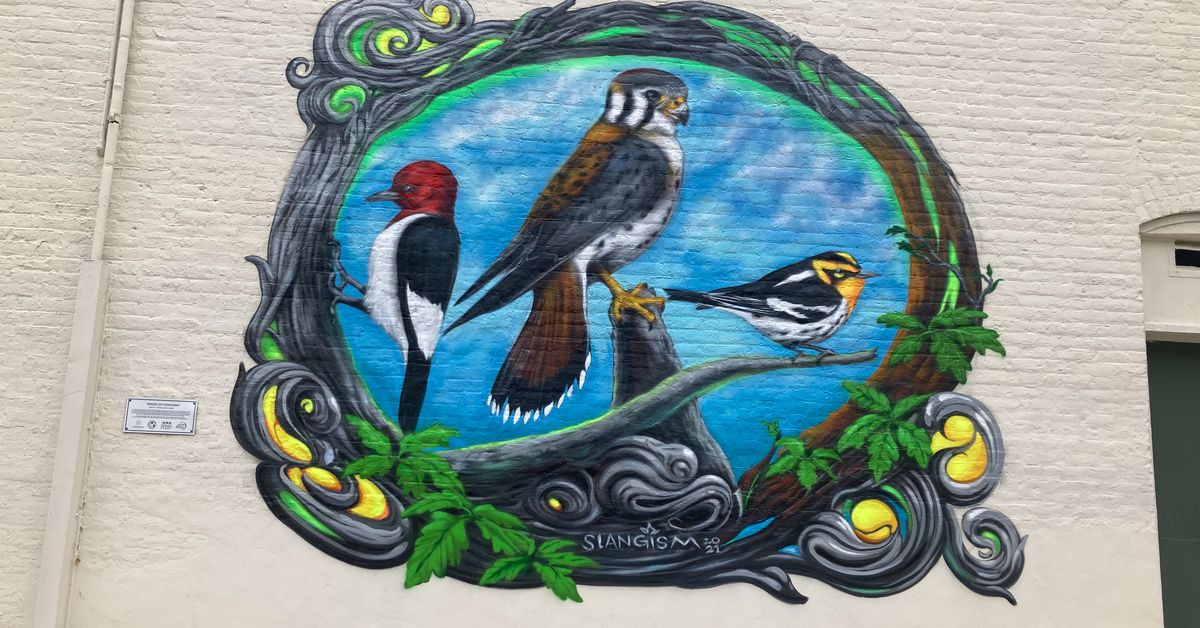Mike Jacobs Always in Season: Grackles have few friends among birders (or among birds) – Grand Forks Herald

Grackles have been prancing around my lawn this week showing off their iridescence as they search for grubs and other fodder. The grackles are large, black, conspicuous – and almost always unwelcome birds.

Contributed/Tom Stromme
The common grackle is nobody’s friend, either among birds or birders.
Yet the grackle is widespread, gregarious, handsome and of surpassing interest.
Grackles are easy to recognize. They are big, black birds, and they appear very long, because they have conspicuous tails.
In good light, they appear iridescent, a characteristic that led to the name “purple grackle,” which was used widely and still occurs among us older birders. The preferred name in “up-to-date birdbooks” is “common grackle.”
Despite their close resemblance to blackbirds, as members of the Troupial family, they are more closely related to orioles. Some species called grackles are quite brightly colored, though most grackles contain at least some black, and that is the usual predominant color of grackles.
These birds occur everywhere in North America east of the Rocky Mountains, north of the Rio Grande Valley in Texas and south of the evergreen forests of Canada – about half of the continental landmass.
This wasn’t always the case. Grackles moved westward with agricultural settlement. Eliot Coues, an ornithologist and surgeon attached to the International Boundary Commission, saw grackles at Pembina in 1873. At that time, the Red River Valley, with its riverbank forest, might have been the westernmost extent of their range.
The march of shelterbelts across the Great Plains changed all of that, especially where conifers were widely planted. Conifers – evergreen trees – make up a large part of the urban forest within Grand Forks city limits. Though they are rare on the prairie, they have been widely planted around farmsteads, though not so frequently in field shelterbelts.
There are enough conifer plantings to satisfy grackles, however, and they have spread out over the state and into eastern Montana.
Grackles are semi-colonial, nesting within short distances of each other and foraging together. Most human interest in grackles has to do with their behavior, which grackles no doubt see as life-sustaining, while humans regard them as distressing as well as disgusting.
There are two reasons for this. The first is life-sustaining for grackles. They eat agricultural crops. In fact, they are considered agricultural pests, and they get the same treatment as blackbirds, which are fairly close relatives.
The second isn’t quite so vital for grackles, but birders are upset by the behavior. They are brood parasites, eating eggs and killing the young of other nesting birds.
Despite their resemblance to blackbirds, grackles are more closely related to orioles. One memorable afternoon early in the week, I spied a grackle and a Baltimore oriole in my backyard. Cousins visiting cousins, perhaps, although the birds didn’t appear to interact in any way. The grackles foraged on the ground while the oriole was in a crabapple tree.
There are two other species called “grackles” in the United States, both aptly named.
The boat-tailed grackle occurs along the coast from Texas to Connecticut. It’s especially abundant in the Florida Panhandle. The other, a bird of the southwestern states, is great-tailed grackle, also aptly named.
Both display the iridescence – in common with the purple grackle, and both have long tails – longer and more prominent than the common grackle.
Grackles have been on my mind this week, and not just because they’ve been strutting on my lawn.
Grackles are among the most deadly nest predators, a fact that is relevant in regard to an article from the National Audubon Society that Rolf Paulson posted to the Grand Cities Bird Club email list. The article warned of the danger of feeding birds, since it can attract predators, while it acknowledged the pleasure feeding birds brings to millions of Americans.
The article is at
www.audubon.org/news/when-its-okay-or-not-feed-birds.
This is an important question.
Of course, birds eat birds, too, as grackles do. Other avian predators in Grand Forks are sharp-tailed hawks, merlins and great-horned owls, though they’re more likely to take small mammals, including cats.
My own view is that birds need cover as much as they need food, and too many people who feed birds don’t provide any cover, and so the birds become easier for predators to find – not only predatory birds, of course.
Jacobs is a retired publisher and editor of the Herald. Reach him at [email protected].





